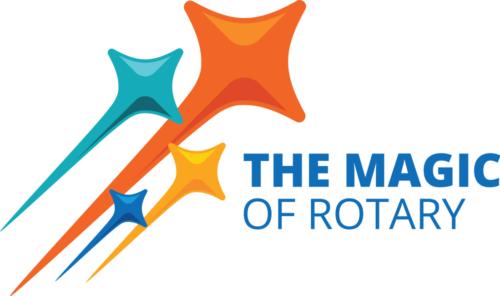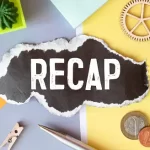Jennifer Watts was our guest speaker, from the famed Huntington Library. She is the curator who presented an exhibition at the Huntington from October 2012 to January 2013 entitled “A strange and fearful interest”. This is The Making of a Civil War Exhibition. Her most challenging experience was to organize and catalogue sections of Civil War, photos, papers, sketches, letters, and other historic printing than ever been seen before. There were previous purchases by Henry Huntington of papers of Ward Hill Lamon, a personal friend of Lincoln dated 1914. During his lifetime Huntington bought William Lambert and Judd Stewart’s collections of historic papers from 1914 and 1919 as well as papers from Gideon Wells, Secretary of the Navy in 1924. Huntington died in 1924 but the Huntington Library continued to accumulate rare photos, including the James Taylor scrapbooks with rare photos and annotations and U.S. Military Transportation and civil war photos from the Singleton collection.
Ms. Watts exhibition was presented at the Huntington in several rooms themed the Battlefront, Assassination, and the Commemoration. Each room exhibited rare photos from the era. Oliver Wendell Holmes once said; “the field of photography is extending itself to embrace subjects of strange and sometimes fearful interest”. This was the time period in history when photographs were becoming a primary mode of visual communication along with the printing press. Ms. Watts Battlefront room exhibited rare photos of a black brigade of soldiers in full uniform, some 4000 men with officers on horseback. Wives and family members awaited their departure on the veranda of an adjacent building in another photo. A.J Russell snapped a photograph of a scene just after the Battle of Fredericksburg, Virginia on
May 3, 1863 depicting the devastation of war. There were several photographs of National Cemeteries, one shown in Alexandria, Virginia, near Washington D.C. The Union suffered over 300,000 dead alone and so fourteen National Cemeteries were developed for burial of soldiers, four years later many were filled to capacity. In those days there was no form of I.D., no dog tags, DNA, only a few photos of family.
The Assassination exhibit consisted of photographs, drawings and papers relative to Lincoln and his assassins plot. It taught us that immediately after the assassination, the Secretary of War took over running the country and began interviewing people to find out who could have been the assassin. It was discovered that John Wilkes Booth, David Harold and John Surratt had plotted this at Surratt’s sisters’ farmhouse. A poster was made offering $100,000 dollar reward and distributed over the countryside. Eventually all three confederate sympathizers were caught.
The Commemoration exhibit focused on Gettysburg and the number of soldiers who had died in the terrible war. It was realized that the country lost 3% of its population during this period. There were photographs of the funeral procession of Ulysses S. Grant down Fifth Avenue in New York in 1885 as well as a visitor in the gravesite of Stonewall Jackson at Lexington, Virginia. These were a sign of national reconciliation at the time and published far and wide.
I invite all those interested to visit the website at www.huntington.org/civilwar/ and discover this incredible exhibit.
(Pat Dolphin)

 Teri Muse Walk-a-Thon for mental health awareness
Teri Muse Walk-a-Thon for mental health awareness  10th Anniversary of The Field of Honor
10th Anniversary of The Field of Honor  Arcadia Rotary’s Installation of it’s 98th President
Arcadia Rotary’s Installation of it’s 98th President  Let’s Recap! 6/21/24
Let’s Recap! 6/21/24